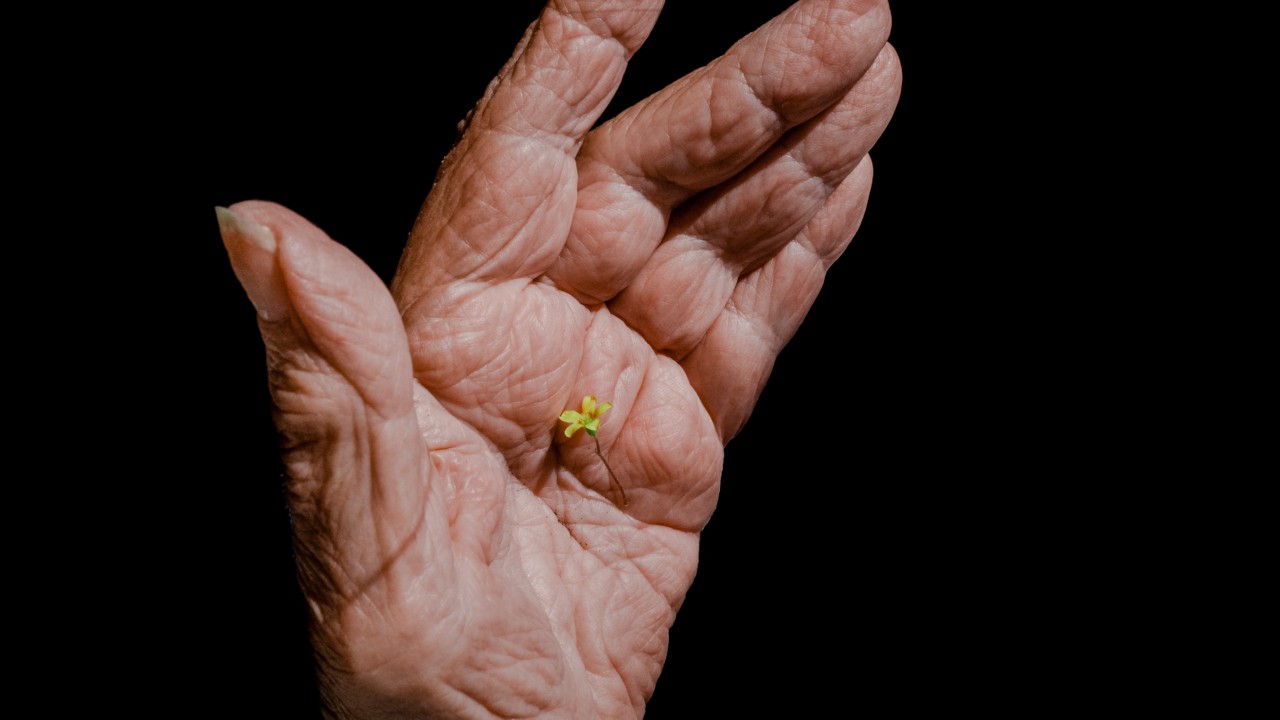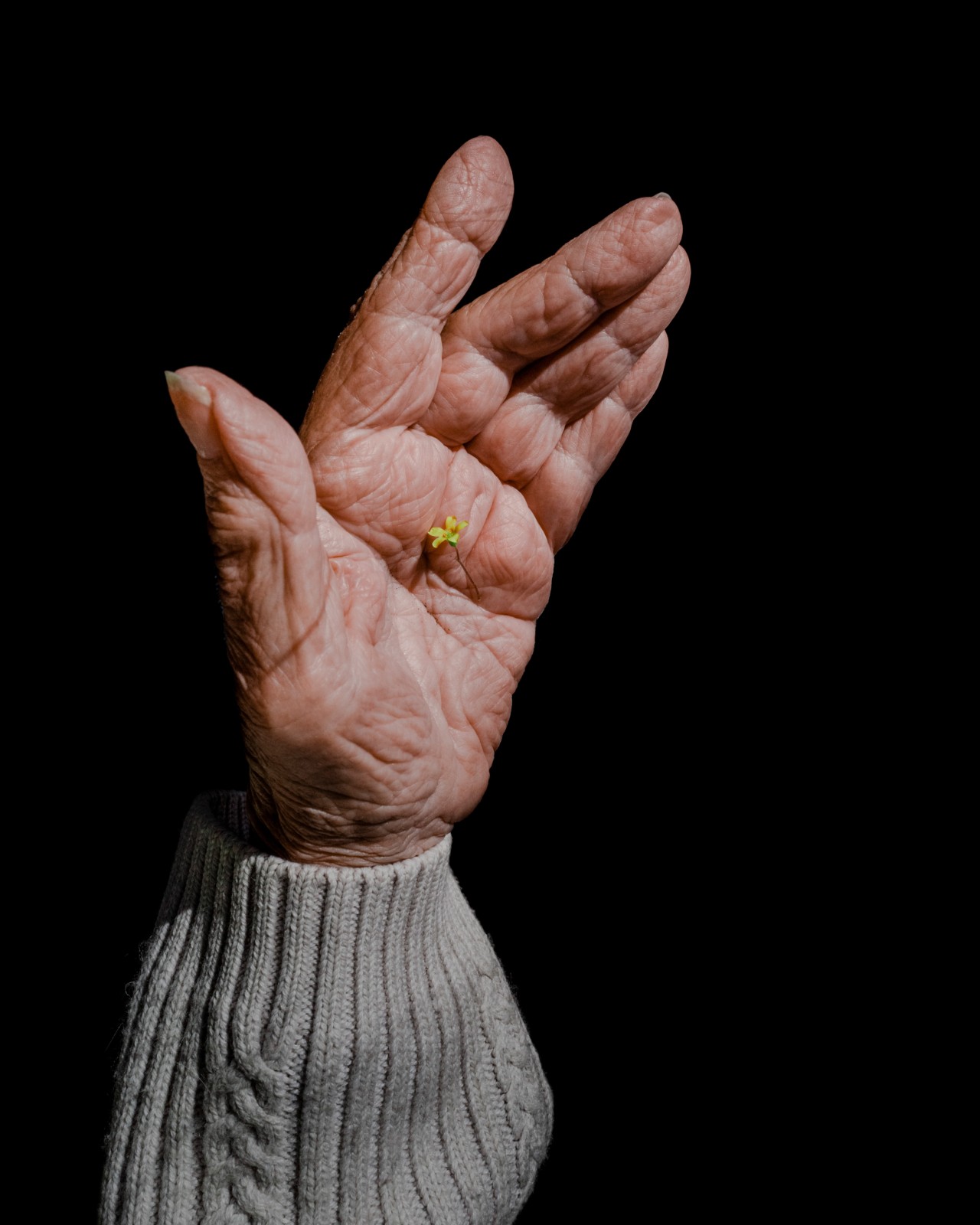

Photograph by Myriam Boulos / Magnum
Words by Khaled A.
Last week, a long-awaited ceasefire between Israel and Hezbollah took effect, which was supposed to bring an end to more than a year of devastating war and two months of Israeli ground invasion in southern Lebanon. The violence has left at least 4,000 people dead and over 14,000 injured.
But despite the ceasefire, Israeli airstrikes resumed within 24 hours of its announcement. Hezbollah responded with a number of projectiles, which the group said served as a warning to Israel’s truce violation. Then, on Monday, December 2, Israel launched its largest airstrike since the tenuous ceasefire deal, killing 11 people. To many of those communities across south Lebanon who find themselves caught in the crossfires, dealing with the lasting horror of war is not new.
For Munira Khayyat, an anthropologist, writer, and author of A Landscape of War, who calls the southern Lebanese city of Saida home, war has never been temporary. “It has been relentless,” Khayyat tells Atmos. “From a young age, I opened my eyes to a world of war; it was the default condition.”
Khayyat was born in 1976, one year after the outbreak of the Lebanese Civil War, which lasted 15 years until 1990 and claimed an estimated 150,000 lives. During this time, her hometown was invaded and occupied by Israeli forces. “I’m a life-long inhabitant of war,” she says. Her book, which draws on years of fieldwork in frontline villages, offers an account of war as experienced by those living through it rather than those waging it, and studies how communities build relations with more-than-human lifeforms to survive cycles of war—an act she describes as “resistant ecologies.”
The constant waves of war have dictated every aspect of life and livelihood in south Lebanon. But Khayyat is adamant on reminding the world that Lebanon is “much more than just militarized conflict, or men with guns.” It’s a place that contains a “multitude of lives that were pursued with a focus on life, and not necessarily on death,” she says, despite the degrading conditions war instills on people.
The roots of this enduring violence are tied to historical aggression by Israel. Many displaced Palestinian families moved in with neighbors, friends, and relatives in southern Lebanon following the Israeli occupation of Palestinian land in 1948. Over time, both Palestinian and southern Lebanese communities formed the backbone of local resistance movements united under the cause of Palestinian liberation. This history of resistance has made south Lebanon a repeated target of attacks, which is evident now, particularly since the Israeli genocide in Gaza began.
“Lebanon has been under assault by Israeli bombs since October 8, 2023,” says Khayyat, adding that the intensity of the attacks escalated by late September 2024. “The devastation, annihilation, and ecocide that we’re seeing today [will leave lasting scars].”
Where destruction governs, life continues to rebuild over and over again. This cycle, rooted in an insistence on life, forms the foundation of resistance in south Lebanon.
But withstanding war, violence, and occupation is not a simple path. It is not confined to militarized presence—though armed resistance has played a crucial role in reclaiming land. Resistance is “people living ordinary lives, who want to get along, who want to have children, who want to have a home, who want to have schools, who want to tend to their crops and to their animals, and who want to live like everybody else wants to live on this planet,” says Khayyat. In south Lebanon, to live is, in itself, to resist.
“It is the same here as it was in Vietnam: the farmer who is planting his rice is also carrying his gun.”
Bou Sahel knew this firsthand. After being expelled from his village in south Lebanon in 1978, Bou Sahel returned with his family in 1983. Upon his return, the first thing he did was plant fruit trees in his garden. “I planted myself here and never left again,” he would say. Like many families in south Lebanon, Bou Sahel’s determination to remain on the land was a point of pride—an entitlement to life, by any means necessary, that no war could shake.
Bou Sahel died in 2022, but his family’s journey continued to reflect south Lebanon’s unyielding struggle. They were displaced again in October 2023 after Israeli attacks forced them to relocate to the Dahiyeh suburb in Beirut where Hezbollah leader Hassan Nasrallah was assassinated in September 2024. “It is the same here as it was in Vietnam: the farmer who is planting his rice is also carrying his gun. When he finds it is time to use his gun, he uses it, and when he finds it is time to continue planting, he continues planting,” Sahel, Bou Sahel’s eldest son, says.
The livelihoods of most families, like Bou Sahel and his wife, Im Sahel’s, rely entirely on tobacco farming, olive cropping, goat herding, and other agricultural practices that tend to the land. These ecologies have been maintained and passed on for generations—surviving through periods of intense conflict. They are not merely a means of livelihood, but also acts of resistance that defy what Khayyat describes as a “human-made apocalypse.”
Bou Sahel’s lifetime spanned invasions and wars, from the French Mandate in the 1930s to the current Israeli attacks. Like Bou Sahel, the land he so depended on bore the marks of the wars he survived. This is characteristic of warzones across the Global South where “agricultural cycles and seasons of war are interwoven,” as Khayyat writes in A Landscape of War. “Enmeshed and together they shape the lived world: agriculturally-based livelihoods premised on predictable agricultural seasons and harvests, ‘مواسم زراعية’, are sustained through seasons and harvests of war, ‘مواسم حرب.’”
During the 2006 July War, no part of south Lebanon was spared from Israeli bombings. That summer, before a ceasefire was announced, Israel dropped 4.6 million cluster bombs, many of which remain unexploded and continue to poison the land. Combined with landmines, even walking across fields became deadly.
As always, local ecologies adapted—and resisted. Goats, with their light bodies and ability to graze on almost anything, became vital to survival during this period. Goatherders quickly learned to rely on their herds to navigate explosive fields, forming a multi-species alliance that protected lives and livelihoods. “Fighting doesn’t necessarily mean military fighting,” says Khayyat. “It means planting our crops. It also means cohabiting with mines in the land. It means letting your goats walk across those explosive fields and not die. These are resistant ecologies.”
“We, the people of south Lebanon, whatever happens, we hold on to the land. We don’t have anything else.”
Tobacco farming is another key resistant ecology in southern Lebanon. Cheap, adaptable, and requiring minimal infrastructure, tobacco has been a lifeline for many families throughout years of occupation and war. Fatima*, a farmer and weaver of tobacco, watched her village turn to rubble in 2006, yet she refused to abandon her land. “Before, they mainly killed people, but now they target the land, which is far, far worse,” she says. Even so, farmers like Fatima continue tending their gardens, orchards, and fields, creating new possibilities for life in the aftermath of destruction.
“It’s women who work this crop. It’s women who tend to the home. It’s women who tend to the children,” says Khayyat. “These acts of care, within environments of annihilation, are made possible because of them and their collaborations and alliances with humans and more-than-humans in their environment.”
Today, nearly two decades since 2006, Lebanon is in the midst of yet another cycle of destruction. Israel’s bombardment of Gaza has spilled into Lebanon, displacing countless families, including Bou Sahel’s, who have once again been forced to move. They now reside at Khayyat’s family home, unable to return to their village, which was destroyed on October 20, 2024. Israel is barring residents from moving back to their houses, even after the ceasefire.
When every aspect of life is obliterated, networks of care and innovation between humans and their environment endure. These alliances are essential for survival, especially in catastrophic times, and serve as a reminder of how an unyielding connection to the land can become an act of defiance amid the ruins of war. As Fatima says, “we, the people of south Lebanon, whatever happens, we hold on to the land. We don’t have anything else.”
Editor’s Note: The names of some individuals* mentioned in this piece have been changed to protect their identities and ensure their safety.
Through Resistant Ecologies, South Lebanon Rebuilds Again